Manual Pot Washing Method
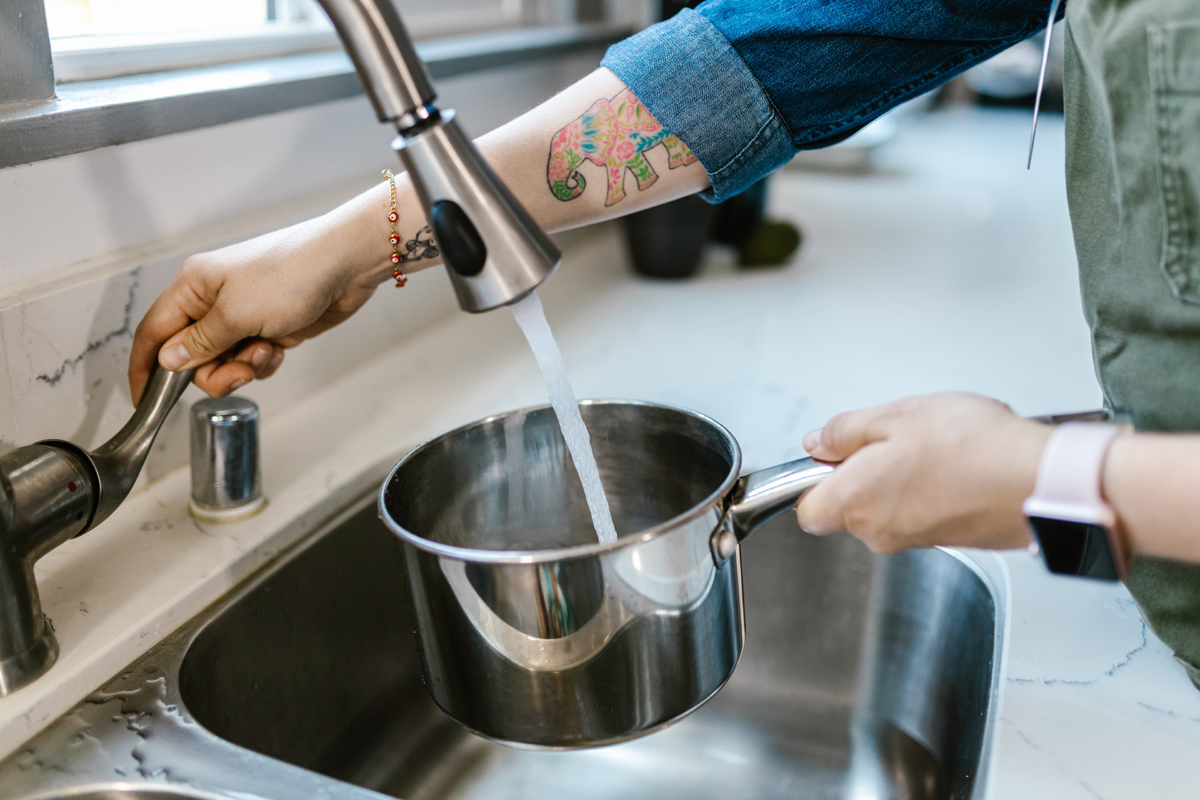
Not all restaurants have fully washing equipped kitchens, and not all of them have dish washing machines that can help the kitchen stewards save time. Now, if the restaurant you are working at does not have a dish washing machine, then manual pot washing it is. However, you should know that restaurants have guidelines when it comes to manual pot washing, and as a kitchen steward, you should follow these guidelines so as to assure the safety and health of the diners.
Short Step by Step Process
Three sinks are usually used in manual pot washing method. The first sink is for washing the soiled utensils such as the dishes, glassware, etc., and it contains water plus a soap solution. The second sink is for rinsing the washed utensils, and it contains hot water. The third sink is for sanitizing the washed and rinsed utensils. The last sink contains water plus a sanitizer solution, which is usually 100 ppm of chlorine.
Now, what you have to do is to first scrape of any remaining food particles from the soiled utensils, dishes, and glassware and then separate each item accordingly. Once done, place the items in the first sink and wash them thoroughly with the soap solution. After this, you then have to place the items into the second sink, making sure that you rinse them thoroughly. Lastly, place the items into the third sink where they will be sanitized and disinfected. You have to know thought that you should soak the items for at least two to three minutes in each sink to make sure that they are thoroughly cleansed.
Now, when it comes to storing the clean utensils, make sure that you store them in their appropriate storage racks. Furthermore, always make sure that they are stored upside down on their racks. This is done so as to avoid contaminating them with dust particles, etc.
Advantages of Manual Pot Washing Method
Manually washing items is very tiring as compared to simply using a dish washing machine; however, there are also a lot of advantages associated with it. For one, you get to exercise those arms!
Aside from this though, manual pot washing is also less expensive. You can control the amount of water and detergent that you use, thus, you can save some money. Also, you get to save electricity particularly since you need not use any when you manually wash the items. This way, nonrenewable sources are conserved.
Disadvantages of Manual Pot Washing Method
Of course, there are also some disadvantages to manual pot washing. As stated above, this is very tiring and exhausting, especially if the restaurant has a lot of diners.
Two, it cannot be denied that manual pot washing can cause bottleneck problems, especially during the hectic hours like lunch and dinner hours. Kitchen stewards may find it a little bit hard to keep up with the demands of the front of the restaurant, and they really have to work extra harder just so they could provide clean dishes, utensils, and glassware to the diners. Aside from the diners, they also have to provide clean pots and pans for the chefs.
The Author:
Chef Matthew is an expert in culinary arts. He is after all an outstanding chef, having had worked in some of the finest resorts, hotels and restaurants in the world.

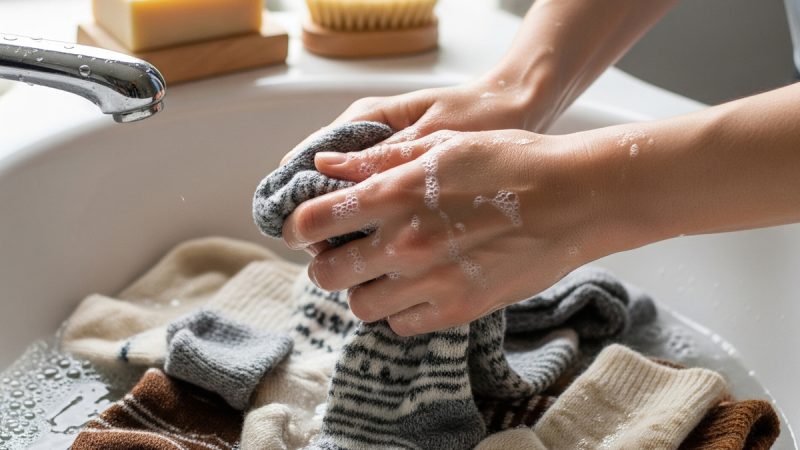
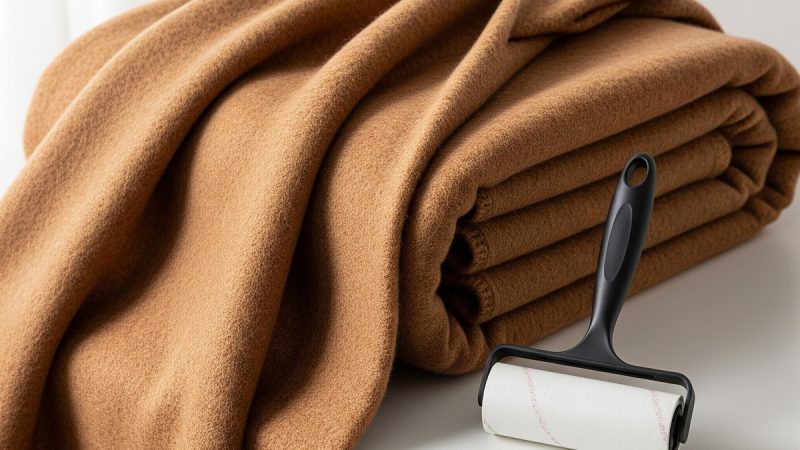
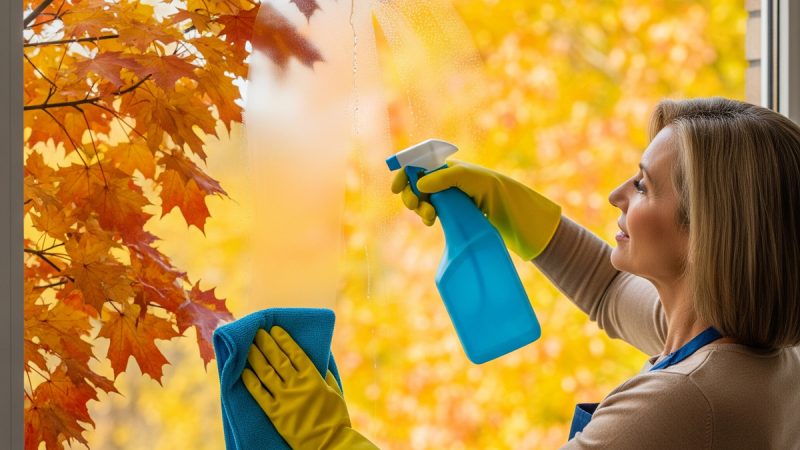

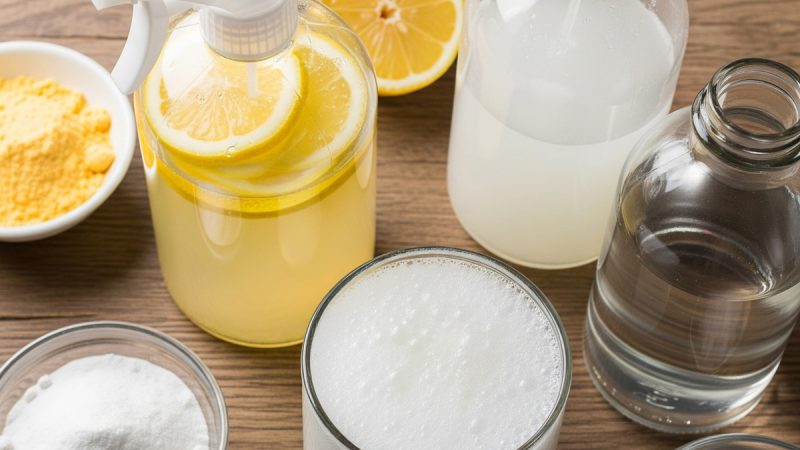
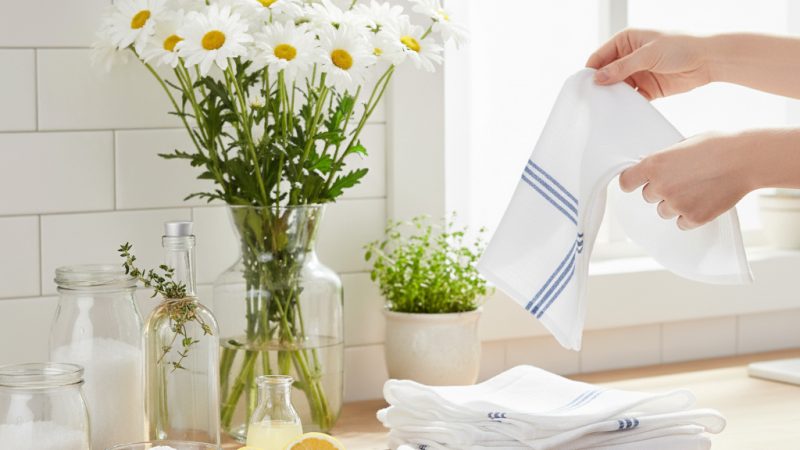


Cleaning Pots and Dishes – No Scrubbing! – To clean pots or dishes with baked on food or food hardened from sitting out too long you can drop in tablets used for cleaning dentures (1 or 2) and fill the pot with hot water. Let it sit for ten minutes. When you pour it out, all the food comes out too. Then you can just wash it with soap as you normally would.
That’s a great tip! Using denture cleaning tablets to remove baked-on food is a clever method. I’ll definitely give it a try next time I have a stubborn pot to clean.
I have a way to clean burnt pans that also works well not only on burnt pans, but pans that are have difficult hard to get off food stuck to them. Place the dish/pan in the sink and put about 1 teaspoon of dishwasher detergent (like cascade) and fill with hot water. Let sit overnight and then you can use a sponge to clean pan. Works like a charm!
I’ve never thought of using dishwasher detergent for cleaning burnt pans. Leaving it to soak overnight sounds like a time-saving solution. I’ll have to give this method a go and see if it works as well for me.
Burned Pans – Baking Soda and a small amount of water put on to boil releases the burned on food so it is very easy to clean. If real bad it may have to be done twice….Works very well.
Baking soda has always been my go-to for cleaning tough grease and grime, but I’ve never tried it for burned-on food. Boiling it with a small amount of water sounds like a simple and effective solution. I’ll definitely give it a try!
How To Clean Burnt Pans – To clean a badly burnt pan, slice up an onion put it in the pan and add enough water to cover the burnt part, put on the stove and heat until the water is boiling, then take off and leave to cool. Let it stand for a few hours, the black should then come off fairly easily. I have used this method twice now, once on a frying pan and once on a saucepan, and it really works.
I’m intrigued by the idea of using an onion to clean burnt pans. It sounds like a natural and non-toxic method. I’ll give it a shot and see if it works for me. Thanks for sharing!
Baked On Food – When you have a pot or pan with baked on food, simply fill with hot water and add a fresh dryer sheet and let soak overnight. In the morning, it will wash out really easy without scrubbing.
Using a dryer sheet as a soaking agent for baked-on food is an interesting idea. I’ve never heard of this method before, but it sounds easy and convenient. Thanks for sharing!
There’s no time in a restaurant kitchen to let pans with burnt-on material sit overnight: you have to get it off in moments. I use a spoon or a metal scraper to remove it, along with a lot of elbow power!
I completely agree with you! In a fast-paced restaurant kitchen, there is no room for letting pots with burnt-on material sit overnight. It’s essential to act quickly and efficiently. Using a spoon or a metal scraper, along with some elbow grease, is a great way to remove stubborn residue from pots in a short amount of time. This method ensures that the pots are clean and ready to be used again promptly.